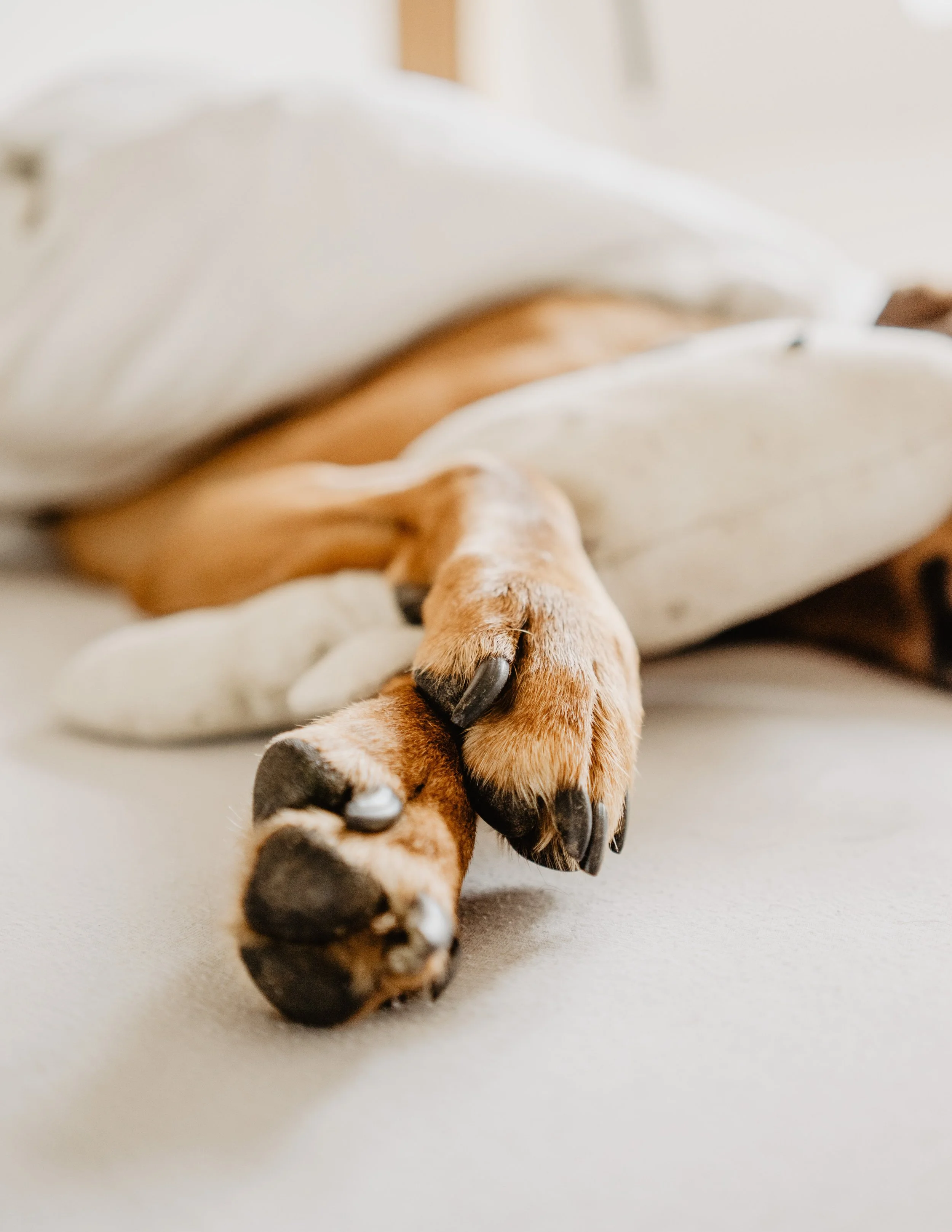Hot Cement Awareness And Tips For Dogs
Taking your furry friend out on walks during the summer can be a little tricky. For one, you'll want to make sure your dog doesn’t overheat, as they can get heat-related illnesses that could be deathly. Ideally, you should not take your canine companion out when it is 85 degrees or hotter.
While speaking to the American Kennel Club in August 2021, Dr. Jerry Klein, DVM, AKC’s Chief Veterinary Officer, also noted that the pavement or cement “can become incredibly hot and cause discomfort, blisters, and burn a dog’s paw pads” when the temperatures rise. An easy way to figure out whether the cement will cause your furry friend discomfort is to put your hand or bare foot on it.
Photo by hamza Gharnati on Unsplash
“To find out if the ground is too hot for your dog to walk on, place your hand comfortably on the pavement for 10 seconds. If it’s too hot for your hand, it’s too hot for your dog’s paws,” shared Dr. Klein.
Thankfully, there are ways to protect your canine companion’s feet even on sweltering summer days.
For one, you’ll want to moisturize the pads of your pup’s paws with a balm or a wax. This should reduce the likelihood of them getting painful cracks that can worsen when walking on hot pavement.
Photo by Ruby Schmank on Unsplash
You should also consider purchasing dog boots. Not only are they super adorable, but they will protect your furry friend’s feet. Just make sure that you get the right size. Before I learned my lesson, my dog lost countless boots while on walks because I overestimated her shoe size. If you are in a pinch, you can create your dog boots with a pair of socks.
If you can, avoid having your dog walk on cement or pavement. Instead, take them to a grassy area. Another option is to only walk your dog before the sun rises or after the sun sets when the pavement has cooled. When the heat is unbearable, it may be best to not take your dog outside and purchase an eco-friendly puppy pad.
Photo by Anna Dudkova on Unsplash
If you notice that your furry friend has injured themselves after walking on hot pavement, immediately pick them up and get them home. Upon your arrival, cool the wound with water or a cold compact. After you tend to the injury, you should drive your dog to see their veterinarian to check out the burn as there could be a chance of infection.
Photo by Undine Tackmann on Unsplash




